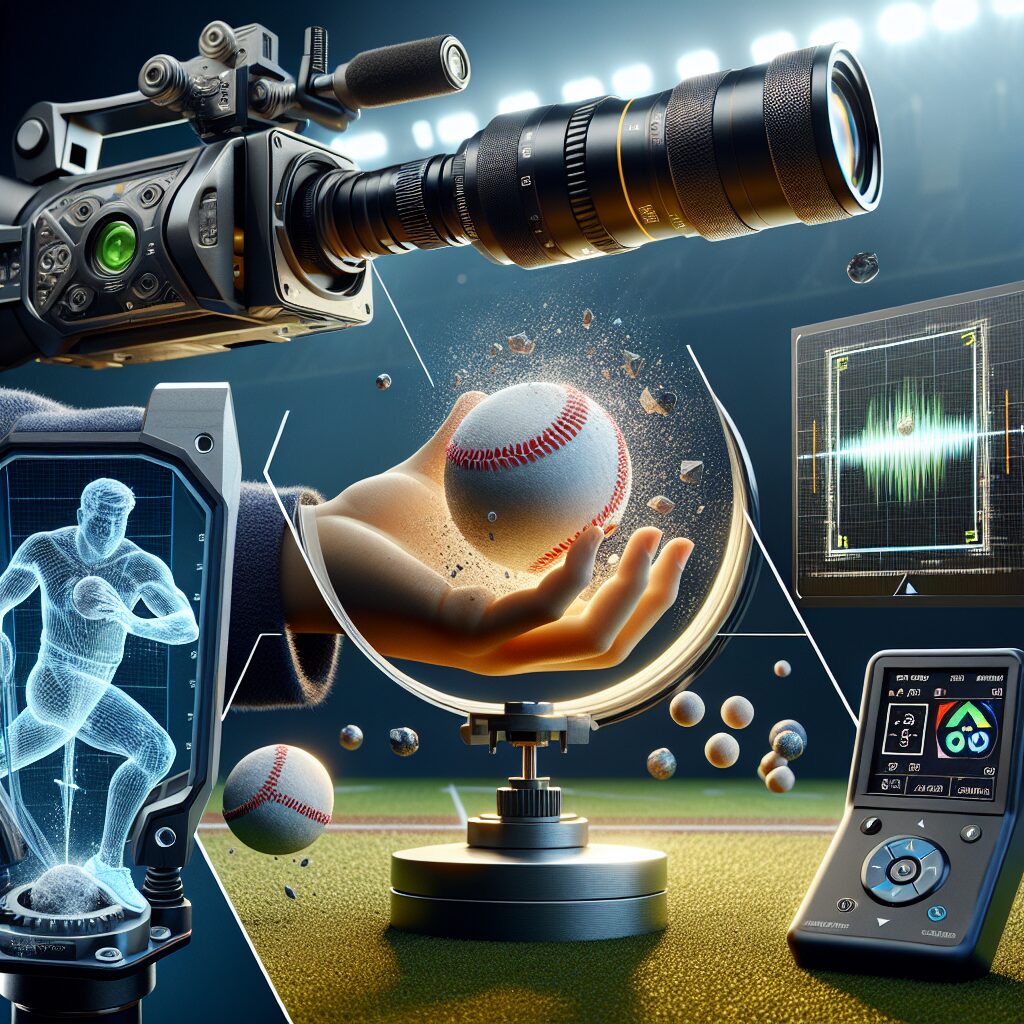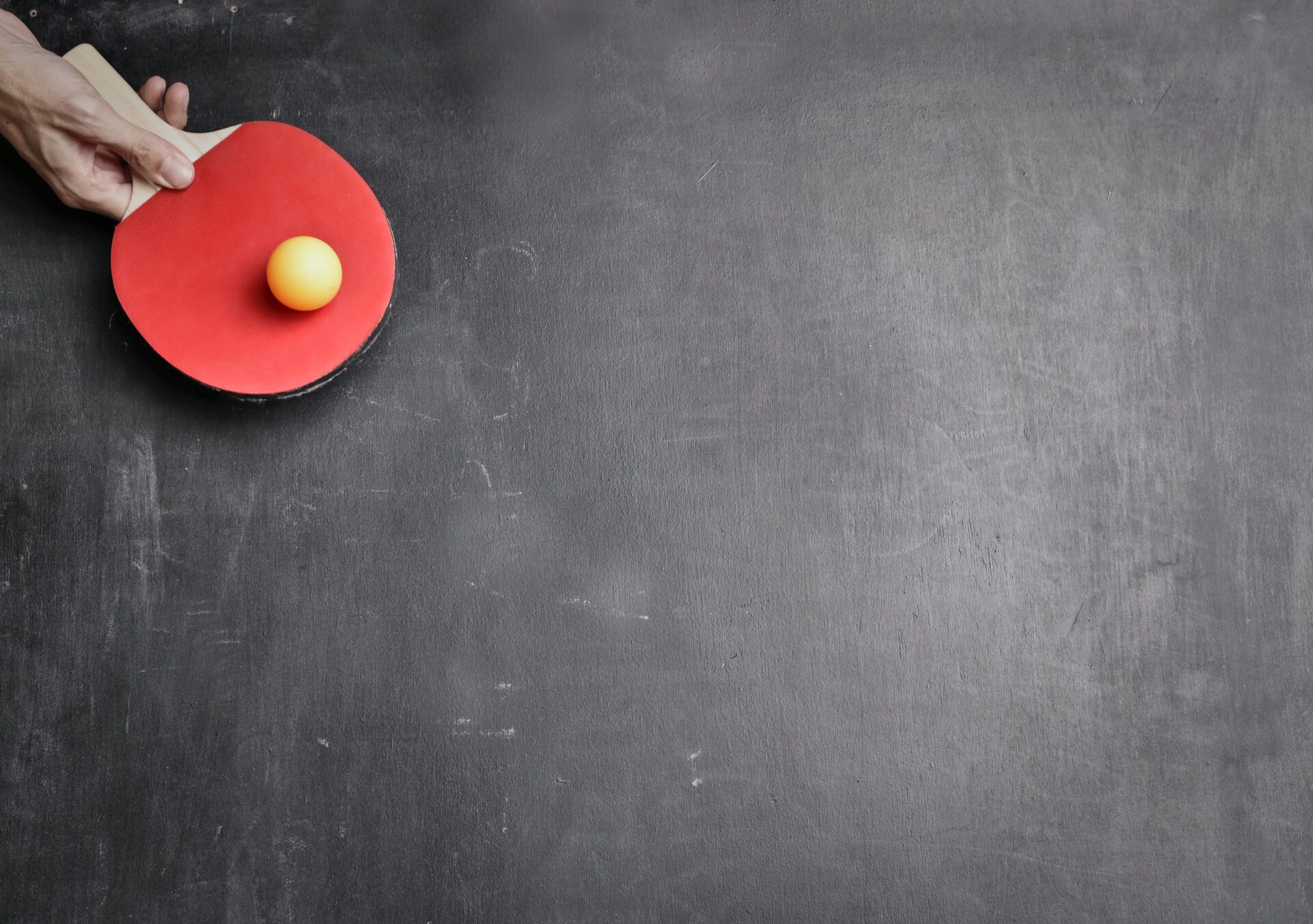Tools for measuring ball impact in sports are becoming increasingly important in today’s competitive athletic landscape. These innovative devices provide valuable insight into the speed, force, and trajectory of a ball upon impact, offering athletes and coaches crucial data for improving performance and preventing injuries. Whether it’s a baseball pitch, a golf swing, or a tennis serve, these tools capture the intricacies of ball contact in real-time, enabling athletes to fine-tune their techniques and gain a competitive edge. In this article, we will explore the various tools available for measuring ball impact in sports and discuss their unique features and benefits.
One fascinating aspect of these measurement tools is their ability to quantify the force exerted on a ball during impact. This information allows athletes to understand the magnitude of their strikes and make necessary adjustments to optimize their performance. Additionally, these tools are capable of tracking the speed at which a ball is hit, providing crucial feedback on an athlete’s power and quickness. By analyzing these metrics, athletes can identify areas of improvement and tailor their training regimens accordingly.
Moving forward, we will delve into the key takeaways from these tools for measuring ball impact in sports. From the advantages they offer in terms of performance enhancement to the role they play in injury prevention, we will explore the wide array of benefits that these tools bring to athletes and coaches. So, stay tuned as we uncover the fascinating world of measuring ball impact and discover how it can revolutionize the way we understand and excel in sports.
Key Takeaways
1. Accurate measurement of ball impact is crucial in various sports to understand player performance, injury prevention, and equipment development.
2. Advanced technologies such as high-speed cameras, pressure sensors, and force plates have revolutionized ball impact measurement, providing precise and detailed data about the interaction between the ball and players or equipment.
3. These measurement tools offer insights into variables like impact force, impact location, spin, trajectory, and bounce characteristics, allowing coaches, athletes, and researchers to analyze and improve performance, optimize training, and enhance equipment design.
4. Novel developments, such as radar-based systems and smart equipment, enable real-time feedback, enhancing skill development and enabling immediate adjustments. This technology also provides valuable data for injury prevention and rehabilitation protocols.
5. The adoption of ball impact measurement tools across various sports has led to significant advancements in the field, improving player performance, reducing injuries, and enhancing the overall sporting experience. Continued research and innovation in this area will likely revolutionize sports even further.
What are the Best Tools for Measuring Ball Impact in Sports?
1. Purpose and Importance of Measuring Ball Impact
When it comes to sports, understanding the impact of a ball is crucial for various reasons. Measuring ball impact helps trainers, researchers, and athletes to analyze performance, assess player technique, prevent injuries, and develop new training methods. By evaluating the force, velocity, and direction of the ball, precise measurements enable a deeper understanding of the game and its players.
2. The Role of Ball Impact Measurement Tools
To accurately measure ball impact, specific tools and technologies are utilized. These devices offer advanced capabilities, including real-time data collection, precise measurements, and comprehensive analysis. They provide valuable insights into ball behavior during different game situations, enabling coaches and athletes to make informed decisions for improvement.
3. Examples of Tools for Measuring Ball Impact in Sports
a) Speed Guns
Speed guns, such as radar guns, are commonly used in sports like baseball, cricket, and tennis. They measure the velocity of the ball as it is released and also after impact, helping assess the speed of serves, shots, or pitches. Speed guns provide instant feedback, enabling athletes to refine their technique and increase their performance.
b) Force Plates
Force plates are valuable tools in sports such as soccer and basketball. They are integrated into the playing surface and measure the ground reaction forces produced during ball impact. By analyzing the forces exerted, coaches and trainers can evaluate an athlete’s power, stability, and balance. This information helps in identifying areas for improvement and injury prevention.
c) Accelerometers
Accelerometers are small devices that measure acceleration and direction changes of the ball. They are often used in sports like football, basketball, and golf. By attaching accelerometers to the ball, valuable data can be collected, including impact force, spin rate, and launch angle. This information aids in analyzing ball trajectory, optimizing performance, and improving skill development.
d) High-Speed Cameras
High-speed cameras are commonly utilized in sports like baseball, cricket, and golf. These cameras capture ball motion with incredible detail, enabling frame-by-frame analysis. Coaches and trainers can study the flight path, spin, and impact dynamics to identify technical flaws or enhancements. High-speed cameras provide visual evidence for making data-driven decisions and refining technique.
4. Benefits of Using Tools for Measuring Ball Impact
The utilization of tools for measuring ball impact offers numerous benefits for athletes, coaches, and researchers:
- Improved Performance: Precise measurements help athletes identify strengths and weaknesses, enabling them to enhance their skills and overall performance.
- Injury Prevention: Understanding ball impact forces aids in identifying potential injury risks, leading to the development of injury prevention strategies and techniques.
- Technique Optimization: Analyzing ball impact parameters allows coaches and trainers to refine techniques and provide targeted training for optimal results.
- Research and Development: Measurement tools contribute to scientific research, helping advance the understanding of ball behavior and improving sports equipment.
Frequently Asked Questions
1. How do tools for measuring ball impact in sports work?
Tools for measuring ball impact in sports are typically equipped with advanced sensors and technology that allow them to accurately capture the velocity, angle, and force with which the ball comes into contact with a surface. These tools use various measurement techniques such as accelerometers, gyroscopes, and pressure sensors to gather data and provide valuable insights into the impact mechanics.
2. What sports can benefit from using tools for measuring ball impact?
Tools for measuring ball impact are beneficial for a wide range of sports, including baseball, basketball, soccer, tennis, golf, and more. These tools can help athletes, coaches, and trainers analyze and improve their performance by understanding factors such as ball speed, spin, and trajectory, which are crucial in enhancing techniques and optimizing training regimens.
3. Are tools for measuring ball impact only used for professional athletes?
No, tools for measuring ball impact are not exclusive to professional athletes. They can be utilized by athletes of all skill levels, from amateurs to professionals, as well as coaches and trainers. These tools offer valuable insights that can be used to enhance performance and optimize training programs for individuals at any level of play.
4. Can tools for measuring ball impact be used in real time?
Yes, many modern tools for measuring ball impact are designed to provide real-time data analysis. This allows athletes and trainers to assess the impact immediately after each practice or game, providing instant feedback on performance. Real-time data helps athletes make adjustments on the spot, leading to faster skill development and better overall performance.
5. How accurate are tools for measuring ball impact?
The accuracy of tools for measuring ball impact can vary depending on the specific device or system being used. However, advancements in sensor technology have significantly improved the accuracy of these tools, allowing them to provide highly precise measurements. It is essential to choose reliable and reputable brands when investing in tools for measuring ball impact to ensure accuracy and reliability.
6. Can tools for measuring ball impact be used for injury prevention?
While tools for measuring ball impact primarily focus on performance analysis, they can also play a role in injury prevention. The data provided by these tools can help identify risky impact patterns or excessive forces that may contribute to injuries. By recognizing and addressing these potential issues, athletes and trainers can modify techniques or training methods to reduce the risk of injuries.
7. Are there portable options available for tools for measuring ball impact?
Yes, there are portable options available for tools that measure ball impact. These portable systems are designed to be lightweight and compact, allowing athletes to carry them easily and use them in various training environments. These tools are particularly useful for athletes who frequently travel or participate in sports that demand mobility.
8. Can tools for measuring ball impact provide insights into spin rate?
Yes, many tools for measuring ball impact are capable of providing insights into the spin rate of the ball. These tools can help athletes track and analyze the rotation of the ball, which is especially important in sports like baseball, tennis, and golf, where spin can significantly impact performance. By understanding the spin rate, athletes can adjust their techniques and strategies to optimize their game.
9. How user-friendly are tools for measuring ball impact?
Tools for measuring ball impact are designed to be user-friendly, with intuitive interfaces that allow for easy operation and data analysis. While some systems may have a learning curve due to their advanced features, most manufacturers strive to make their tools accessible to a wide range of users. In addition, many tools offer accompanying software or apps that simplify the process of interpreting and visualizing the data collected.
10. Are tools for measuring ball impact worth the investment?
Tools for measuring ball impact can be a worthwhile investment for athletes and sports organizations looking to enhance performance, optimize training, and gain a competitive edge. These tools provide valuable data and insights that can help identify areas for improvement, track progress, and make informed decisions to enhance overall performance. Ultimately, the worth of the investment depends on the specific goals and needs of the individual or organization.
Final Thoughts
The availability of tools for measuring ball impact in sports has revolutionized the way athletes and coaches analyze and enhance performance. By capturing and interpreting crucial data related to ball impact, these tools provide a deeper understanding of techniques, optimize training programs, and improve overall performance. Whether it’s perfecting a golf swing, fine-tuning a tennis serve, or maximizing power on the basketball court, the insights gained from these tools empower athletes to reach new levels of performance.
Furthermore, the continuous advancements in sensor technology and data analysis are likely to further improve the accuracy, portability, and usability of tools for measuring ball impact. As these tools become even more accessible and user-friendly, athletes of all skill levels should consider integrating them into their training regimes for a comprehensive understanding of their performance and better decision-making. Embracing the power of measurement tools in sports opens up a world of opportunities for improving skills, preventing injuries, and unleashing an athlete’s true potential.




